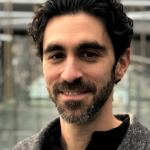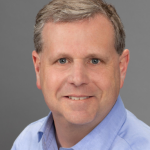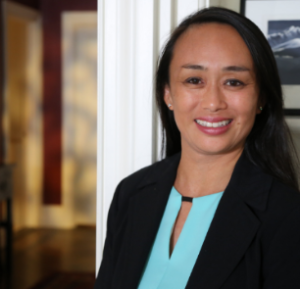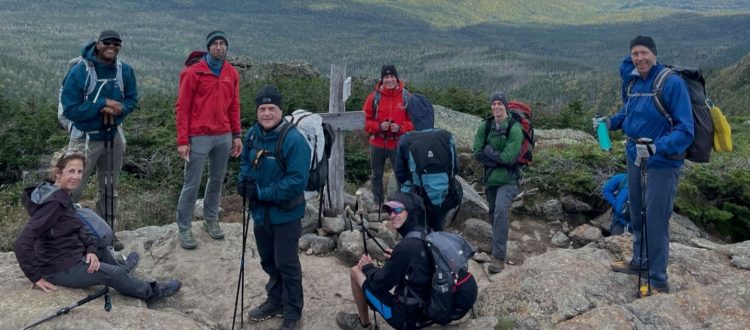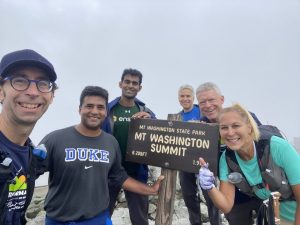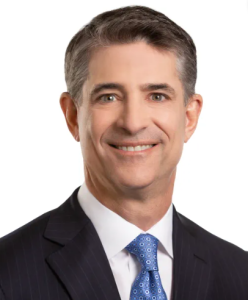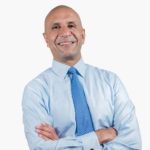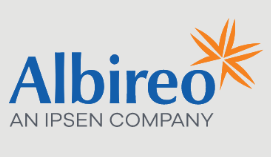Get In-depth Biotech Coverage with Timmerman Report.
10
Aug
2023
Challenges of Adopting Data Science & AI in Pharma/Biotech
Please subscribe and tell your friends why it’s worthwhile. Quality journalism costs money. When you subscribe to Timmerman Report at $199 per year, you reward quality independent biotech reporting, and encourage more.







